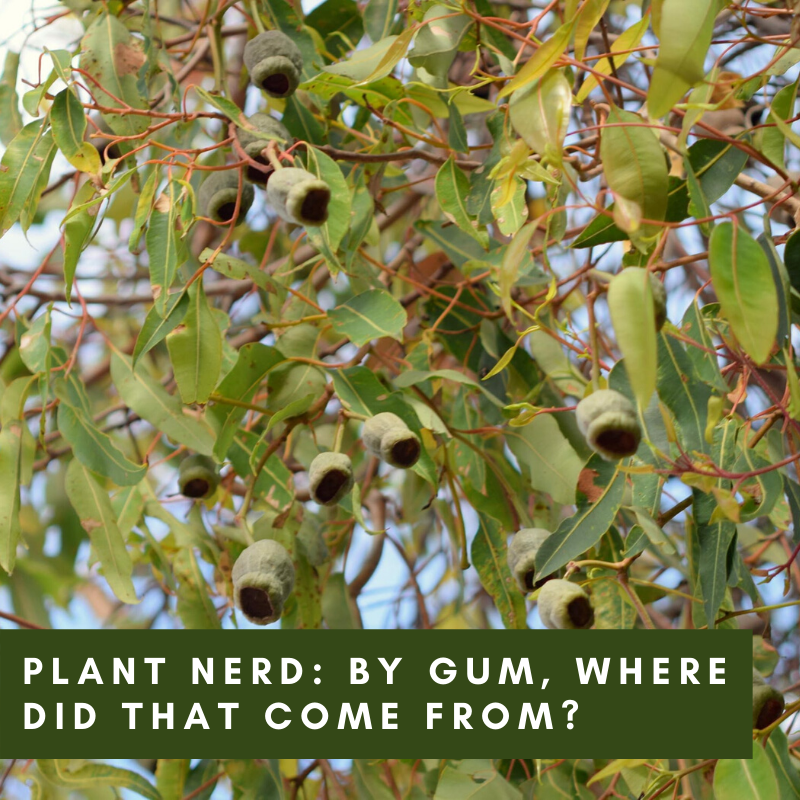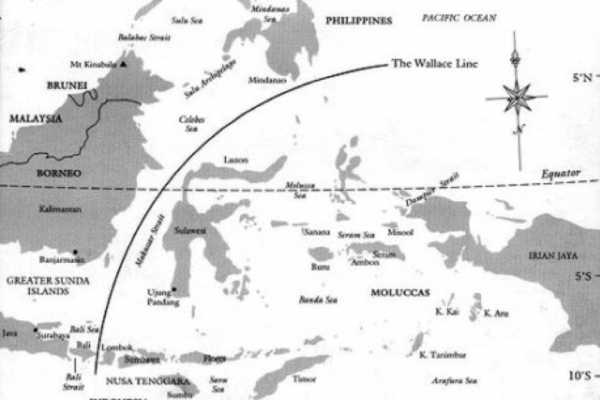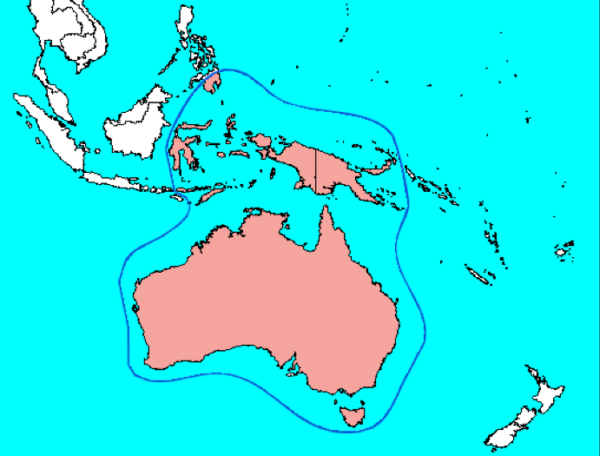In answer to a question from our chair, Les Pearson, wanting to know how the gum tree got here and why it dominates this part of the world-
Let me take you back to the 19th Century when plant and animal collectors from Europe went all over the world collecting both live and dead samples for collectors in Europe.
These collectors were fairly intrepid, turning up in all sorts of places, often employed by nurseries, zoos or various patrons of science or working privately. Alfred Russel Wallace was one of these, working in the Indonesian Archipelago (or East Indies as it was known) in the mid 1800’s.
Like many battling disease and various harsh conditions, Wallace collected and made various observations about his findings. Wallace would correspond with Charles Darwin about his observations and ideas and independently realised that species could change over time with those best adapted to their environment being the most likely to survive. His findings finally pushed Darwin into releasing his most famous “On the Origin of Species By Means of Natural Selection” explaining the evolution of species, Wallace had figured it all out as well but deferred to Darwin.
The other thing Wallace found was that there was a great difference in species between the Islands of Lombok and Bali. Bali, to the west of the line had typically Asian species such as monkeys, tigers and hornbills, Lombok, to the east. species typical of Australia, with cockatoos, parrots, tree kangaroos, Eucalypts and various other plant species, today this line is known as “The Wallace Line”.
(from: https://www.abc.net.au/radionational/programs/archived/hindsight/the-wallace-line/3137304)
The Wallace Line marks the boundary of the Australian and Asian tectonic plates with the Australian plate having been derived from the breakup of Gondwana around 180 million years ago. The Gondwanan plate consisted of Australia, Antarctica, Africa, India and South America and had developed it’s own characteristic floral and faunal families, of which one of the most prominent botanical families was the Myrtaceae.
The Myrtaceae evolved in ancient Gondawan rainforests and as the supercontinent split up the now Australian plate drifted further to the north colliding with the Asian plate, pushing up the highlands of New Guinea, blocking the monsoons from Asia which resulted in a drying out of the Australian continent.
As the continent dried the Myrtaceae family had to evolve and adapt to the new conditions, in many cases producing more oils in the leaves, smaller or more pendulous leaves to minimise transpiration as well as thicker bark and a more effective root system to extract whatever moisture was available. As the continent became more flammable more adaptations began to evolve, smooth bark to reflect heat, thick stringy bark to both insulate the trunk and encourage a fast burn so the heat wouldn’t penetrate into the inner bark and cambium. Lignotubers and epicormic buds added to the survival strategies.
While most Eucalypts can grow back after fire many alpine species don’t, relying on seed in the soil to germinate in the fresh, competition free ash beds and reestablish the forests.
The Eucalypts and close allies Angophora (Apples) and Corymbia (Bloodwoods) are found throughout most of Australia with the notable exceptions of rainforests* and the Nullarbor Plain (Nullarbor is Latin for No Trees). There are over 800 species of Eucalyptus stretching from Australia into New Guinea, Timor, Sulawesi and into the southern Philippines.
Eucalypt distribution.
(*Technically a rainforest understory with Eucalypt emergent canopy is classified as Wet Sclerophyll)
https://www.anbg.gov.au/cpbr/cd-keys/Euclid/sample/html/learn.htm



